Celebrating Lunar New Year! Happy Year of the Tiger: roaring back for 2022. Wishing you every auspiciousness!
Tuesday, February 1, 2022, is Lunar New Year, celebrated in Brunei, China, Indonesia, Malaysia, Japan, North Korea, Philippines, South Korea, Singapore and Vietnam! [Tibetans are on a slightly different lunar calendar, see below.]
HAPPY YEAR OF THE WATER TIGER! From the team at Buddha Weekly, we wish you — and your families — auspiciousness, good fortune, good health, long life for 2022! Water Tiger’s influence will be felt until January 21, 2023.
Prior to New Year — or after, it’s never too late — it’s traditional to purify your past negative karmas from 2021. (See below “A Time to Purify”).

For the first 15 days of lunar New Year, bring in auspiciousness with lucky activities (see the section below!).
Aside from the astounding mix of wondrous activities scheduled around the world for Chinese New Year, the lunar first month of 2022 will be a busy one for Dharma activities.

Celebrate the New Year and every Dharma activity in the first month to ensure an auspicious, happy year! Some of the Dharma Dates are highlighted below.
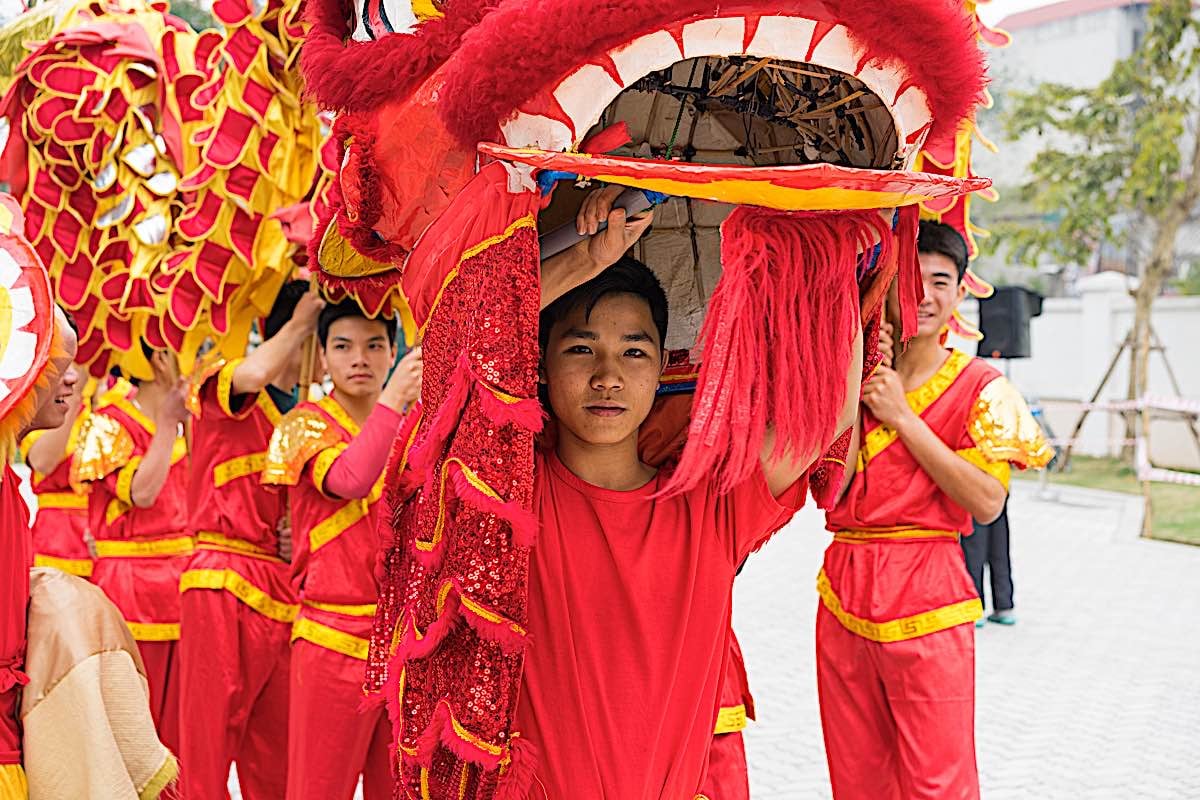
February Dharma Celebrations
You’ll find the monthly Dharma Calendar Highlights on the home page of Buddha Weekly — a wonderful new animated wheel of dates, hover over graphics for dates in the month!
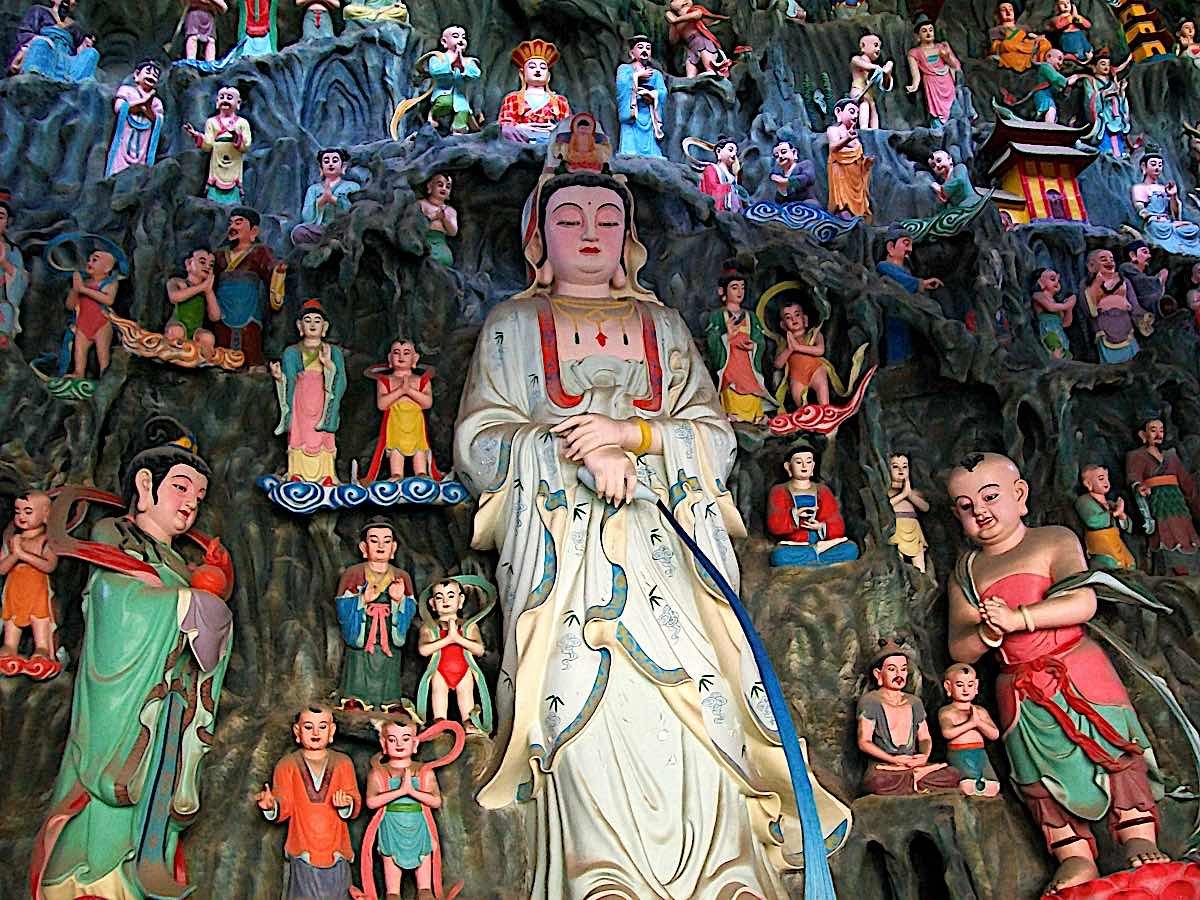
As the New Year, this will be a very busy month.
- Chinese New Year, Year of the Water Tiger (NOTE: LOSAR or Tibetan New Year is in March this year!) February 1, 2022
- Tara Puja Day February 8, 2022
- ANNUAL HERUKA TSOG (12th Tibetan Lunar month, 10th lunar day!) February 11, 2022. For a feature on the annual Heruka and Vajrayogini months and days, see>> https://buddhaweekly.com/heruka-chakrasamvara-and-vajrayoginis-special-months-honoring-the-blissful-wisdom-mother-in-the-11th-month-and-the-compassionate-hero-in-the-12th/
- Padmasambhava monthly day and Daka Tsog February 11, 2022
- Nirvana Day, February 15, 2022
- Lantern Festival February 15, 2022
- Maha Puja Day or Sangha Day February 16, 2022
- Full moon and Medicine Buddha Puja Day February 16, 2022
- Dakini Tsog February 26, 2022
For a full year Calendar of Dharma Dates (converted from lunar to Western calendar)>>
NOTE: Losar in Tibet is celebrated later, on March 3 in 2022. For details on the different lunar systems, see this feature “Buddhist Dharma Dates 2022: clearing the confusion on lunar calendars”>>

Before the New Year
Traditionally, celebrants will prepare for Chinese New Year by cleaning their houses (sweeping away the misfortunes of the previous year.) Buddhist monasteries and gompas will perform rituals on this last day, which symbolically drive away the negative forces of the old year.
NOTE: Traditionally, a person should not clean their house for the first few days of the New Year to avoid “sweeping away the good luck.” Cleaning the house prior is an important tradition, usually for the last three weeks of the old year. Similar guidelines for haircuts apply. Ideally, cut your hair before new year, not within the first two weeks after new year.
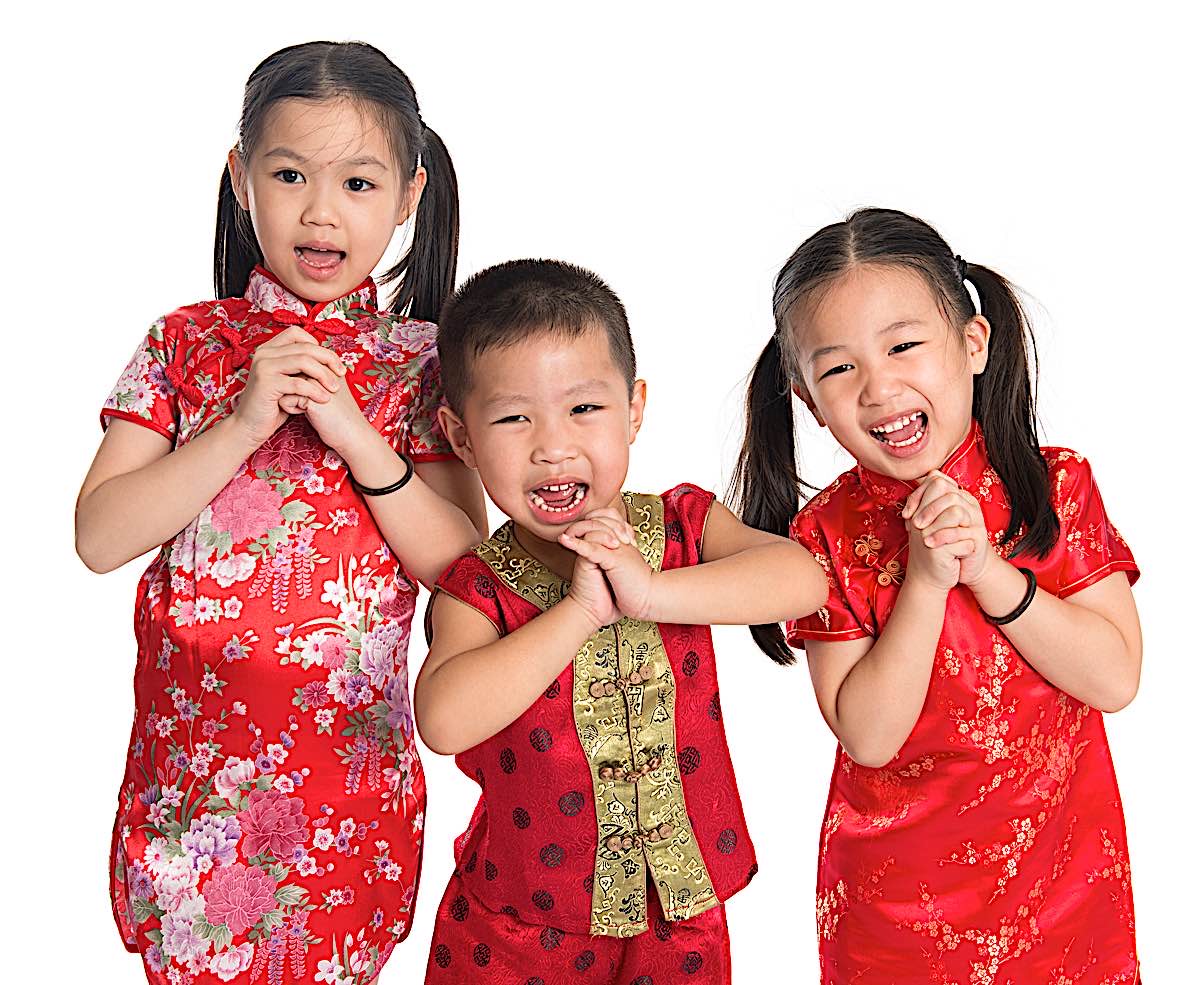
Red Packets and A Time to Purify?
Several traditions have become associated with Chinese New Year, most famously the “lucky packets” — little red envelopes filled with money. It is also a time to purify and try to encourage good luck in the New Year through positive resolutions, similar to Western New Year’s resolution.
Traditionally, within two weeks of New Year, we would visit the local Buddhist temple and make offerings to the Buddha, Dharma and Sangha.
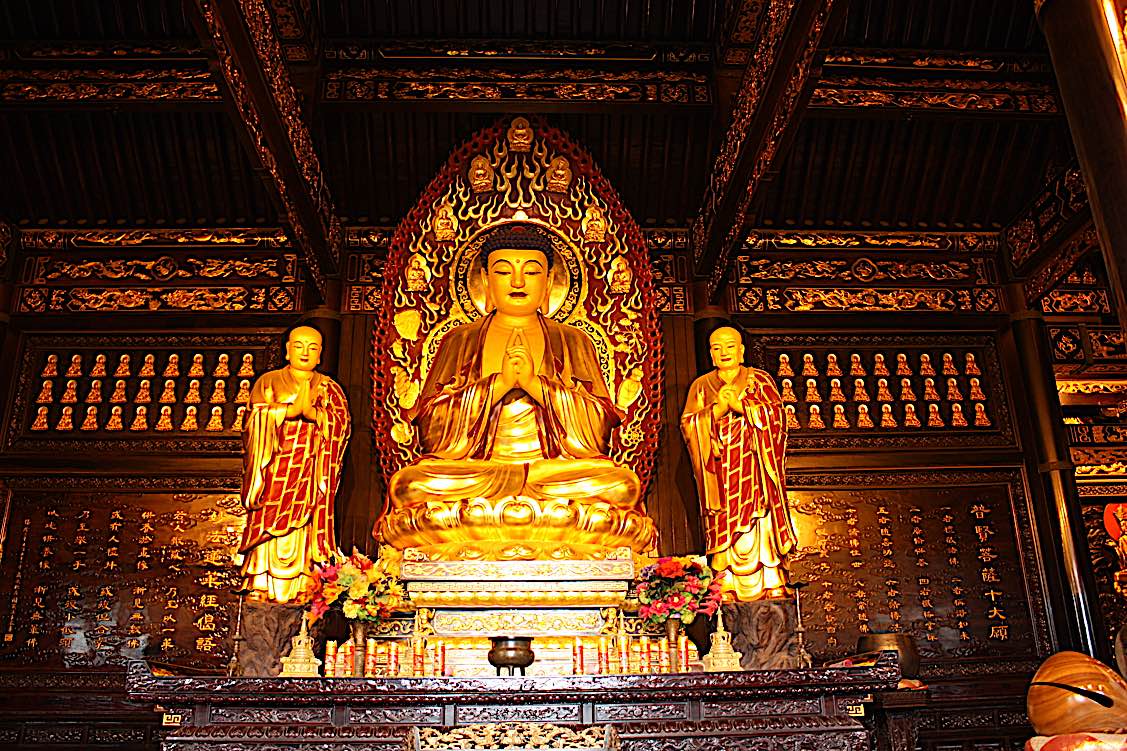
Many people make “special” trips to Guanyin temples to “shake the sticks” — bamboo fortune-telling sticks.
In some Buddhist traditions, for weeks or days running up to New Year’s, it is considered beneficial to purify negative karmas lingering from the previous year. By doing so, we don’t carry the burden into the new year. [See Vajrasattva Practice below.]
And, don’t forget the red packets. Children especially look forward to them!

How Long are New Year Celebrations?
Typically, we celebrate the first 16 days of New Year, and in parts of Asia, the first three days to one week of the New Year is a public holiday time!
- New Years Eve 2022: January 31, 2022
- New Years Day 2022: February 1, 2022
- Lantern Festival: February 15, 2022
- Also called: ‘Spring Festival’
- Chinese: 春节 Chūn Jié /chwn-jyeah/
To ensure auspicious circumstances, the first day of the New Year we try to be vegan or vegetarian — at least for the first meal of the New Year. Other auspicious customs include not cleaning the house or washing or cutting the hair for New Year’s day, giving out ubiquitous “lucky packets” and fireworks.
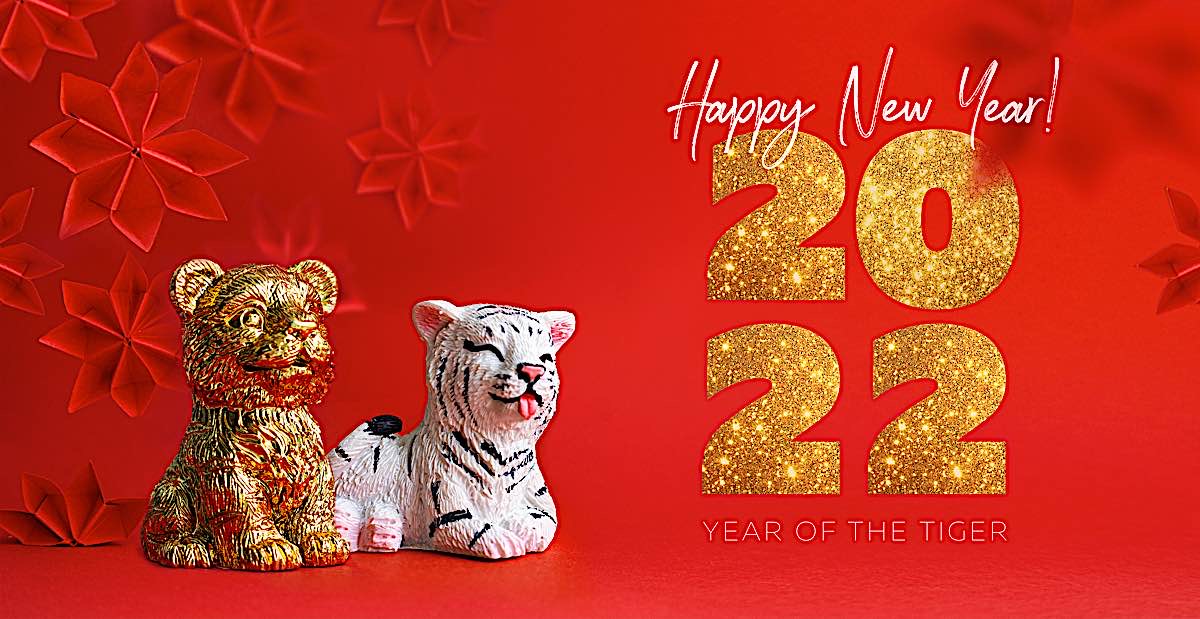
Celebrations for Chinese New Year
The main ways we celebrate Chinese New Year are typically:
- family dinners (often on New Year’s eve)
- giving red envelopes with “lucky money (not to married people, only to single people and usually people younger than you.)
- fireworks and especially firecrackers
- decorating for New Year — usually heavy on the red and the gold
- celebrations such as lion and dragon dances — maybe tiger dances this year?
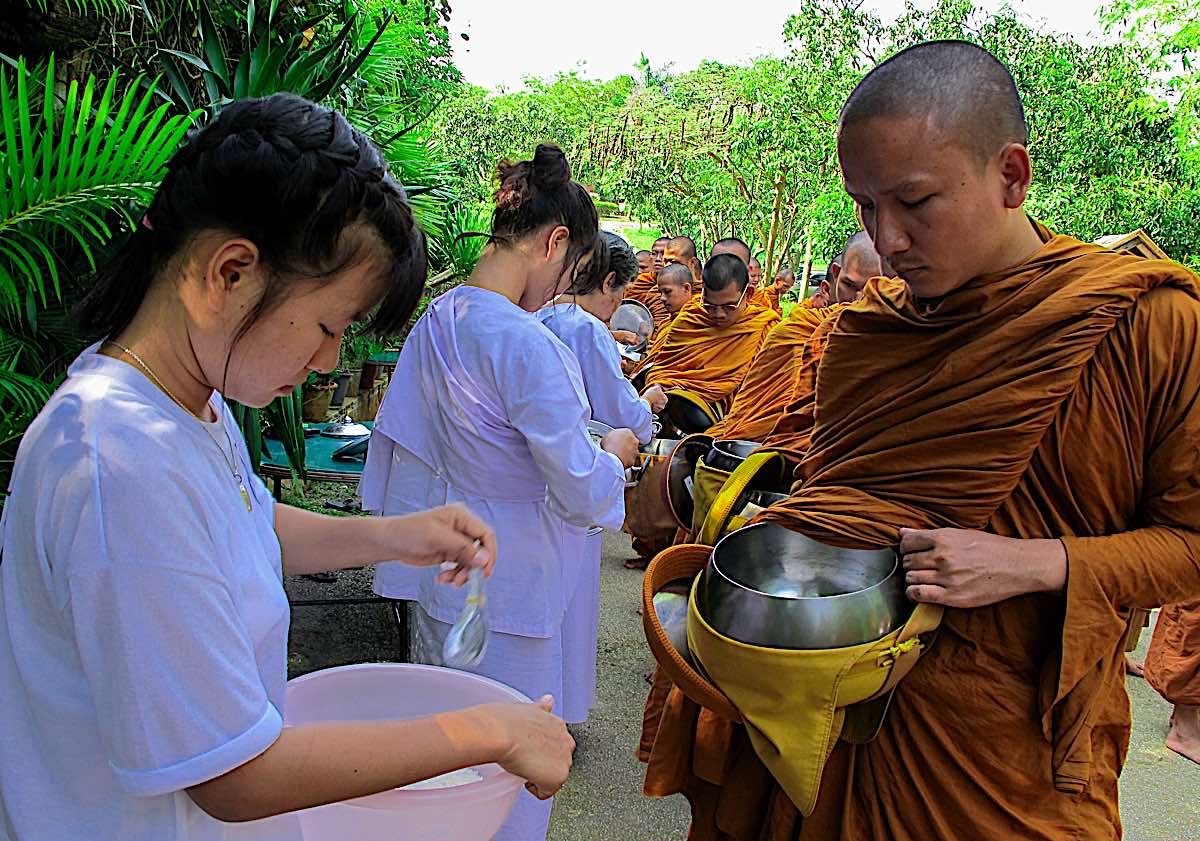
Are you a Tiger?
Are you born in the year of the tiger? Traditionally, people born in the same year being celebrated are “against the “Grand Duke” and should be low profile; no showing off!
Past Tiger years: 1938, 1950, 1962, 1974, 1986, 1998, 2010, and 2022.
If you were born in any of these “lunar” years play it low key this year.
Wearing red underwear and socks can help Tiger-born people from misfortune this year. [1]
On the other hand, if you are born in a Tiger year, generally, you are “brave, competitive, unpredictable, and confident.” [1]
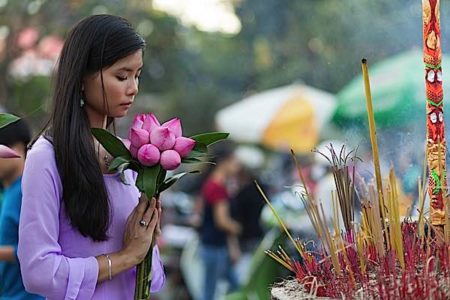
Vajrasattva Practice
In many Buddhist traditions — Mahayana and Vajrayana — the go-to practice for purification of past karmas would be Vjarasattva. This might mean reciting hundreds or thousands of Vajrasattva mantas. Vajrasattva, the Buddha of Purity, who — if engaged with the four opponent powers — helps us purify all negative mental and physical karmic imprints.

Whether Buddhist or not, the four opponent powers are easily acknowledged as an “effective” method, from both a human — and a psychological — point of view, to remedy the harm caused by negative actions. The opponent powers, as described by Venerable Thubten Chodron, are:
- Regret: not to be confused with guilt. We acknowledge our responsibilities.
- Restoring the Relationship: After acknowledging, we restore our vow to not harm through taking Refuge and altruistic activities.
- Determination Not to Repeat: we make a promise to ourselves.
- Remedial Action: we try to mitigate or fix the harm. This can be apologies, altruistic acts, and purification practices such as Vajrasattva
More in this feature on Karma and Vajrasattva>>
NOTES
2 thoughts on “Celebrating Lunar New Year! Happy Year of the Tiger: roaring back for 2022. Wishing you every auspiciousness!”
Leave a Comment
More articles by this author
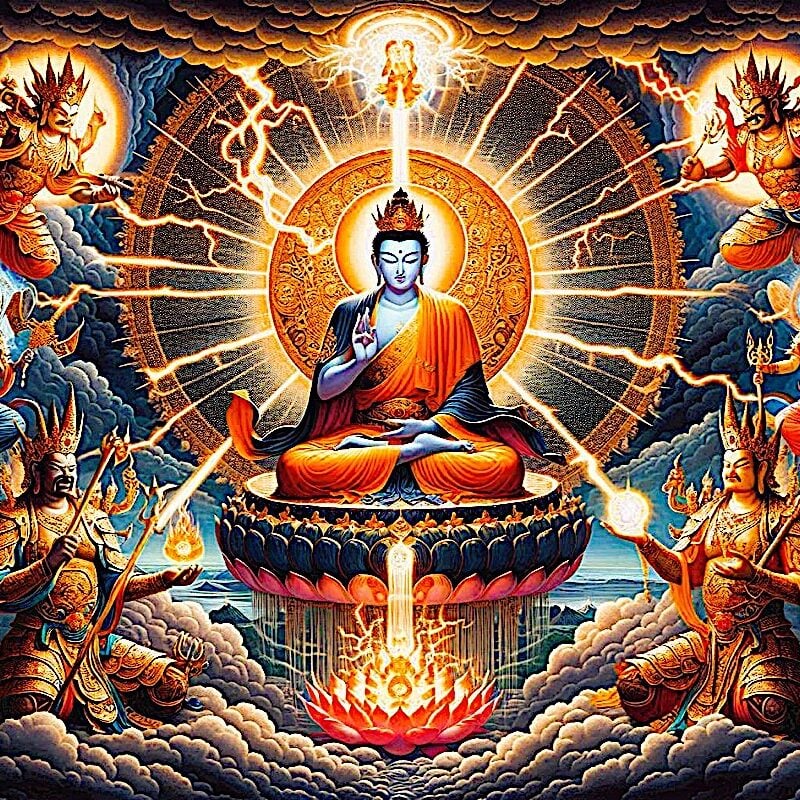
Protection from all Harm, Natural Disaster, Weather, Spirits, Evil, Ghosts, Demons, Obstacles: Golden Light Sutra: Chapter 14

Offering Light for Saga Dawa Duchen and the Month of Merits: Buddha’s Birthday, Enlightenment and Paranirvana 100 Million Merit Day
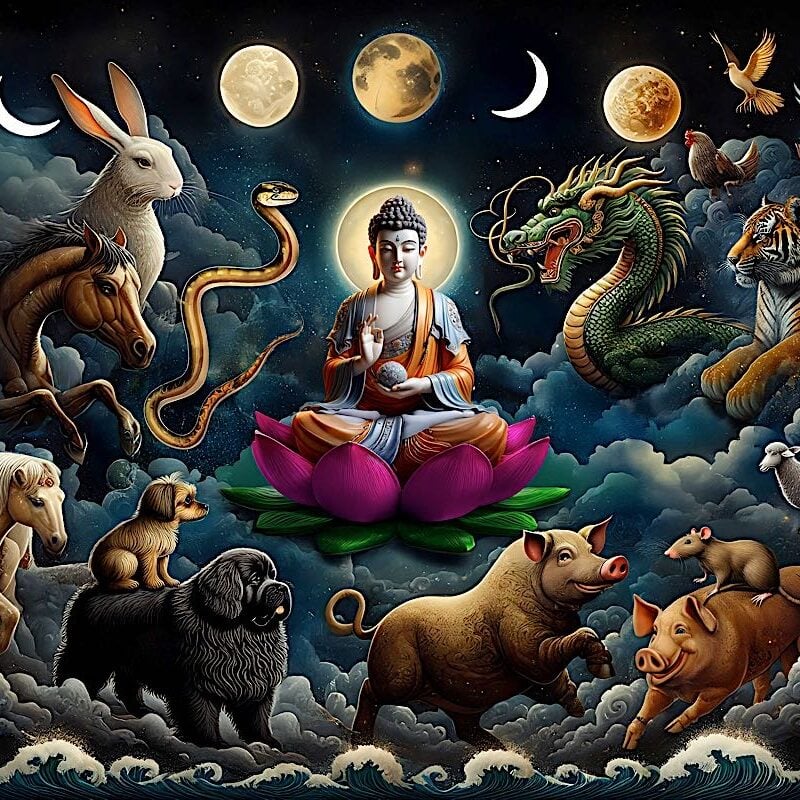
Who is my Enlightened Life Protector Based on Tibetan Animal Sign Zodiac in Buddhism? According to Mewa, Mahayana tradition and Kalachakra-based astrology (with Mantra Videos!)
Search
Latest Features
Please support the "Spread the Dharma" mission as one of our heroic Dharma Supporting Members, or with a one-time donation.
Please Help Support the “Spread the Dharma” Mission!

Be a part of the noble mission as a supporting member or a patron, or a volunteer contributor of content.
The power of Dharma to help sentient beings, in part, lies in ensuring access to Buddha’s precious Dharma — the mission of Buddha Weekly. We can’t do it without you!
A non-profit association since 2007, Buddha Weekly published many feature articles, videos, and, podcasts. Please consider supporting the mission to preserve and “Spread the Dharma." Your support as either a patron or a supporting member helps defray the high costs of producing quality Dharma content. Thank you! Learn more here, or become one of our super karma heroes on Patreon.
Lee Kane
Author | Buddha Weekly
Lee Kane is the editor of Buddha Weekly, since 2007. His main focuses as a writer are mindfulness techniques, meditation, Dharma and Sutra commentaries, Buddhist practices, international perspectives and traditions, Vajrayana, Mahayana, Zen. He also covers various events.
Lee also contributes as a writer to various other online magazines and blogs.






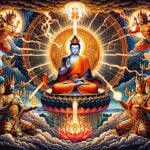









Hello, you forgot to list the present-day Philippines in the places it’s celebrated. We Han Chinese from present-day “Philippines” will not be invisible. Please do your research and do not leave us out. Our ancestors fought colonialism hard for centuries
Hi YG, most sorry to have left you out. Not a complete list by any means! We will amend the feature! Happy Year of the Tiger.